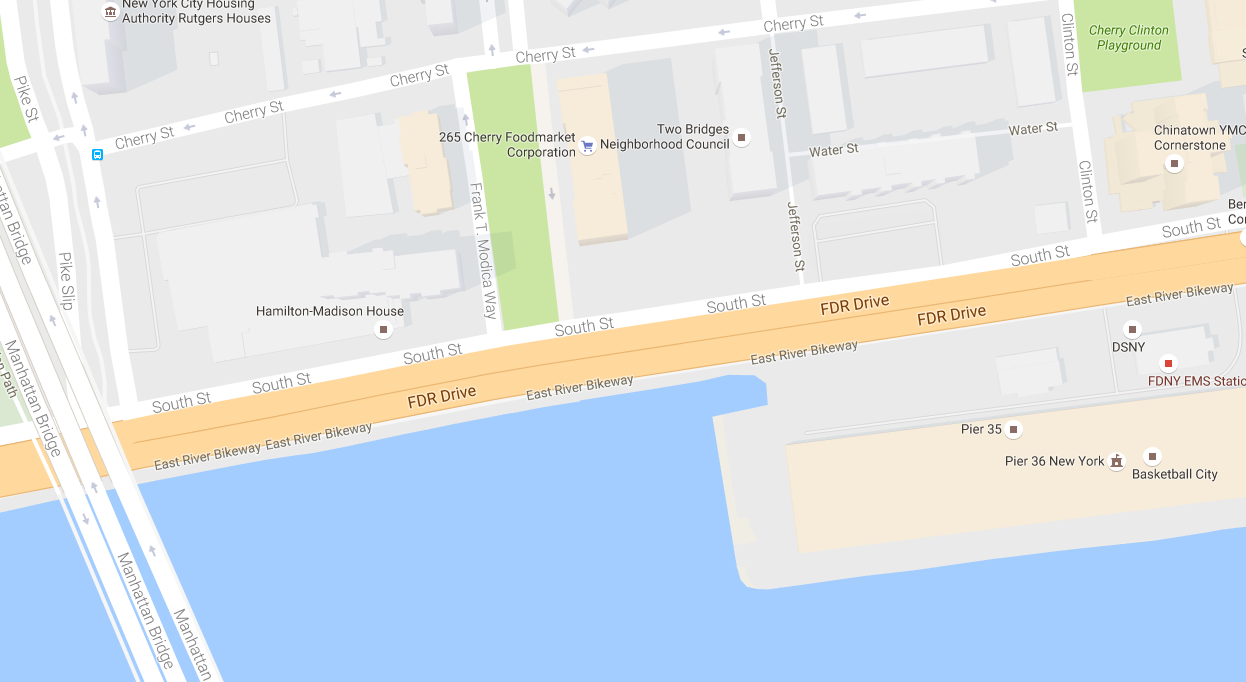The BDP Summit (plastic.scaquarium.org) was a great opportunity to hear from researchers and entrepreneurs working on cleaning up our oceans and reducing plastic waste. Some of the people and organizations that were at the Summit included:
Adrian Grenier provided the welcome keynote address for the summit. He co-founded The Lonely Whale Foundation and started a funny campaign called Stop Sucking to get people to stop using plastic straws. Check out the "Sucker Punch" video and their gallery.
We at Testing Our Waters can attest that plastic straws are one of the more commonly found items on beaches and in rivers and implore you to just say no!
Douglas Woodring of The Ocean Recovery Alliance presented as part of the "Plastic Planet: Turning the Tides on the Plastic Pollution Crisis" panel. OCR just launched a new mobile app called Global Alert. Through this app, users report trash hotspots and help communities organize clean ups. See some of the pictures uploaded onto the app in this short video. There is also a Global Alert website where you can upload trash hotspot information.
David Katz, co-founder of The Plastic Bank and Social Plastic, was a Spotlight on Innovation speaker. He founded these two organizations which are doing really interesting work. The Plastic Bank, as he explains on BBC, currently works in Haiti and pays people for bringing in plastic waste through a program called Social Plastic. Some of the participants in Haiti explain the benefits of the program here. See the journey of the plastic being used to 3D print here.
Social Plastic is sold to plastic recyclers who create recycled plastic pellets. The Plastic Bank plans on expanding to Brazil, the Philippines and Indonesia.
Xploration Nature host Danni Washington was on hand as part of the International Youth Summit to discuss her TV show which introduces STEM topics that take their inspiration from nature. She is also a co-founder of an ocean conservation group called Big Blue and You which uses arts and media to educate kids about ocean conservation and stewardship.
Saltwater Brewery co-founder Eric Grove was part of a panel called "Market Driven Innovations and Solutions." He talked about the edible six pack rings his brewery uses. These rings are not only not plastic - they transform into food for fish! Everything about this company is made with the ocean in mind. The company states that they donate some of their proceeds to charities working to improve ocean health.
Alongside Eric from Saltwater Brewery was Andrew Falcon of Full Cycle Bioplastics. His company converts organic waste into a biodegradable plastic called polyhydroxyalkanoate (PHA). Andrew explains their vision of contributing to a circular business model using PHA here.
David Stover, co-founder of Bureo, Inc. was present at a panel called "Consumer Engagement and Emerging Tools" to talk about his work recycling fishing nets and making them into skateboards and sunglasses in Chile. Him and his partner explain their beginnings and the help they received from Autodesk, who also funds TOW, here.
Last but definitely not least, our partner Marcus Eriksen from 5 Gyres shared his insights during a panel presentation on citizen science tools.
The conference was so planned that even the drinks were considered, no straws or any plastic items were served with the beverages, and they still tasted great. All and all a fantastic conference.























































